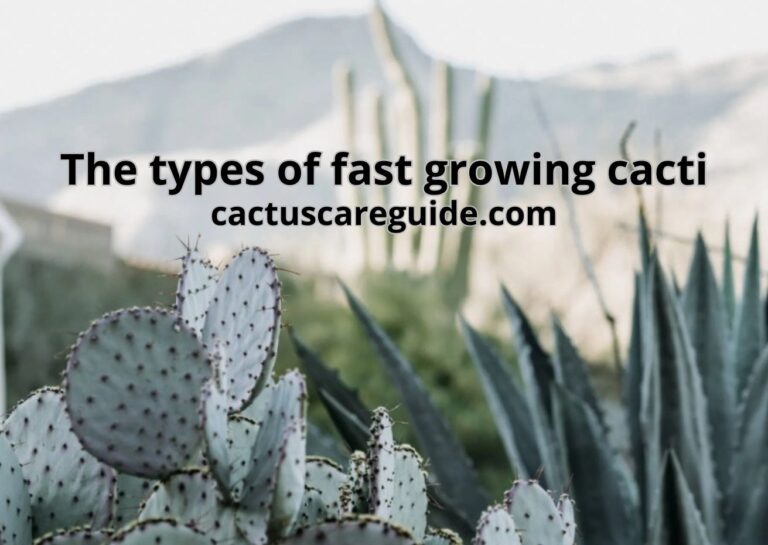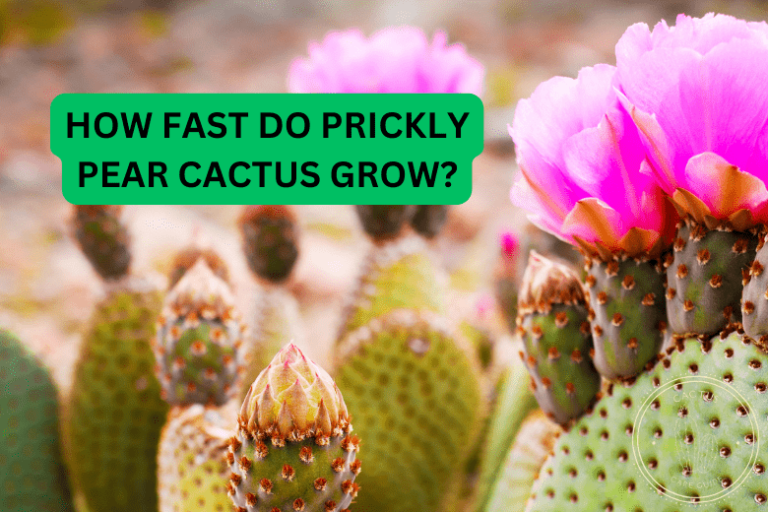Peruvian Apple Cactus vs San Pedro Cactus: 2 Nocturnal Blooms
The unique characteristics of these two cacti make them fascinating for many folks interested in gardening or growing plants at home. These creatures from the Andes Mountains and South American landscapes are striking and possess the qualities that make us want to know more about them.
If you are like me and have been in love with the cacti species for some time, you’ll understand my curiosity and fascination with these amazing plants: the Peruvian apple cactus and the San Pedro cactus. I suggest exploring and comparing these cacti and their common and distinctive features.
San Pedro cactus: the basics
The San Pedro cactus, scientifically classified as Echinopsis Pachanoi (and its variety Trichocereus pachanoi) is a columnar cactus species. I believe it’s one of its most striking representatives. This cactus native to the Andes in South America is fascinating: it has deeply ingrained itself in the region’s cultural and spiritual life. I decided to get to San Pedro after I read about its history and cultural heritage.
San Pedro is tall and impressive, even for a cactus. It can grow up to the heights of 10-20 feet and has a fast-growing columnar structure. You can easily recognize it by its prominent, ribbed stems. The stems look like stunning green columns.
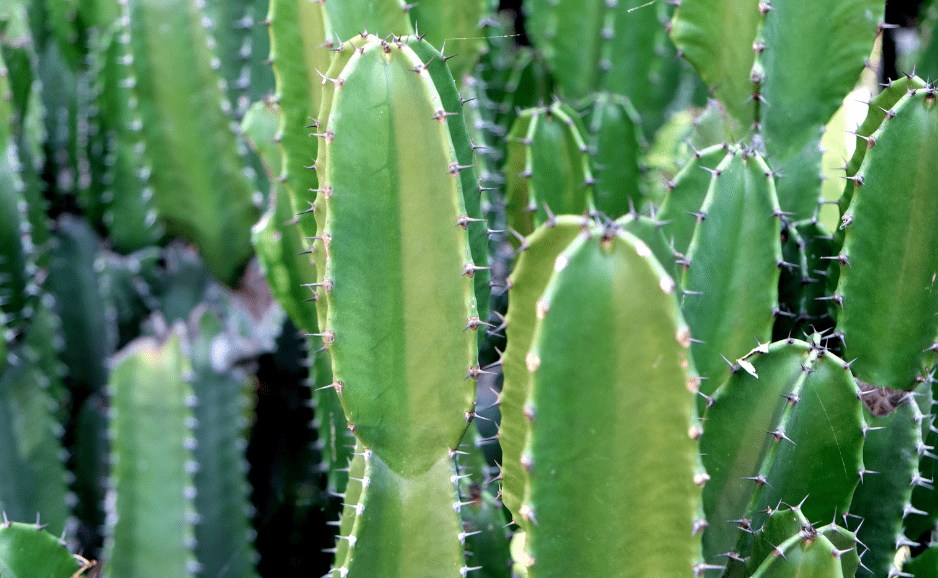
It’s a nocturnal plant with striking white flowers that open up at night.
The cactus is well-known for its resilience and adaptability, and I can attest to that. It thrives in diverse climates from the high altitudes of the Andes to lower and less sunny regions like mine.
San Pedro belongs to the Trichocereus genus, a family of mescaline-containing cacti. Mescaline is a psychoactive alkaloid. You can find it in various cactus species. Traditionally, indigenous people used it in rituals for its hallucinogenic properties. I believe this is one of the reasons why a San Pedro cactus draws so much interest.
Peruvian apple cactus: basic info
The Peruvian apple cactus, scientifically known as Echinopsis peruviana, also has its origin in the Andes Mountains. It’s a columnar cactus, often referred to as the Peruvian torch cactus. Its distinctive features make it very easy to recognize among other cactus species.
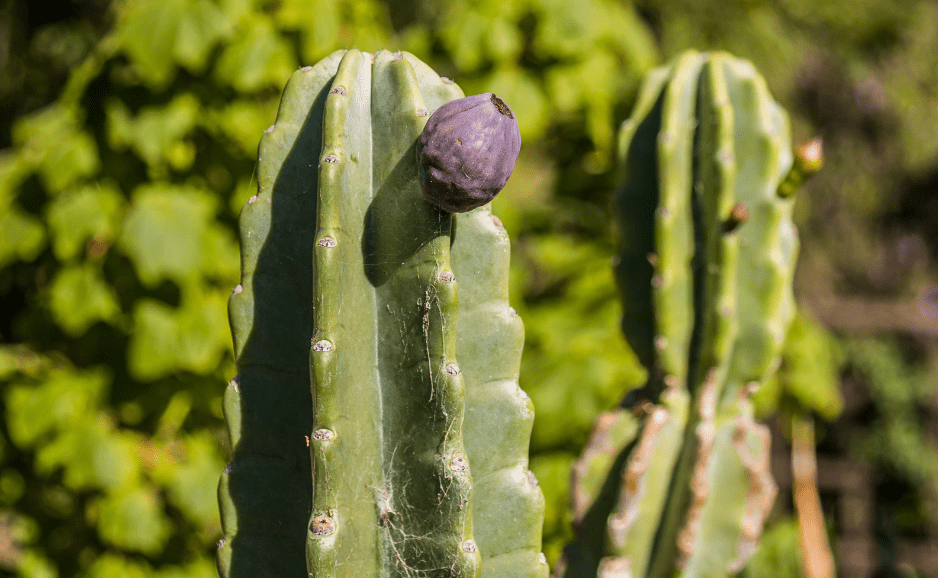
The stem of the Peruvian apple cactus is tall and slender (15 – 30 feet) with beautiful ribs. I adore its striking green color. It doesn’t grow as fast as San Pedro though.
The cactus is nocturnal, and you can enjoy its cream-colored or white blossom only in darkness.
The Peruvian apple cactus thrives in South America. It also easily adapts to different altitudes and climates. Traditional Andean medicine found how to take advantage of the Peruvian apple cactus centuries ago.
Peruvian apple cactus vs. San Pedro cactus
Let’s compare these two inhabitants of high altitudes. They are distinct species, although I find a lot in common with them, too.
Visual distinction
The San Pedro cactus (Echinopsis Pachanoi) and the Peruvian apple cactus don’t look identical, though they are both columnar cacti. Although I saw how people confuse these different species. Let’s look at their distinctive features.
Peruvian apple cactus
The Peruvian apple cactus (Echinopsis peruviana) is slender and tall with ribbed stems that rise high. In my opinion, it’s very elegant because of the symmetrical structure, including the ribs at regular intervals. The vibrant shade of green of the Peruvian apple cactus is why I decided to grow it.
During the flowering season, the Echinopsis peruviana blooms with large white or creamy flowers. The contrast with the green stems is mesmerizing. Unfortunately, the blooms are short-lived, but they are very charming.
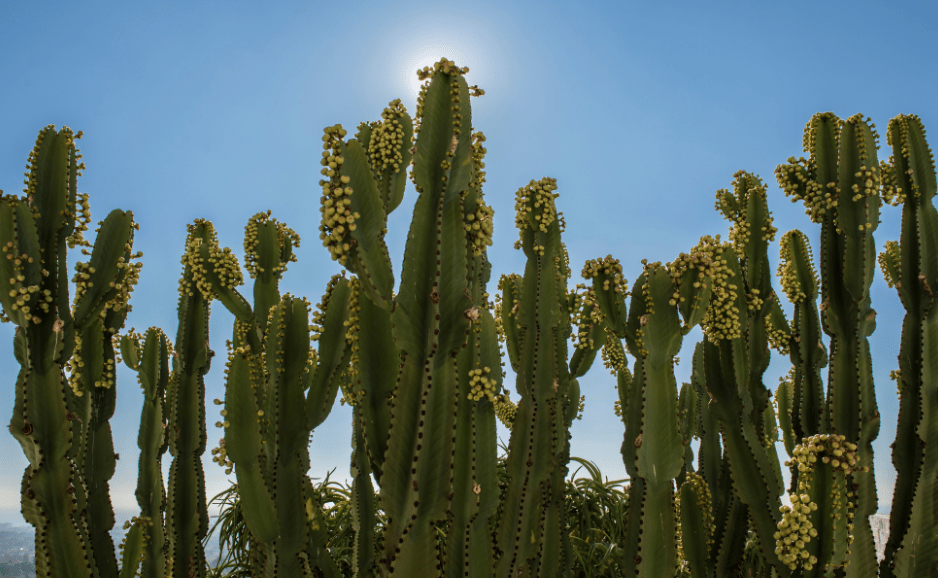
San Pedro cactus
San Pedro belongs to the fast-growing columnar species. The fast-growing stems of San Pedro are ribbed, but they are thicker than the stems of the Peruvian apple cactus. It has beautiful areoles with prominent spines. The San Pedro cactus is also green but not as homogeneous.
It can vary in color from bright green to a slightly bluish tint. This subtle color diversity of San Pedro is charming and can intensify in different environmental conditions as happened with my San Pedro which has more blue than usual.
San Pedro cactus blooms with large, white flowers. These blooms have a wonderful sweet aroma.
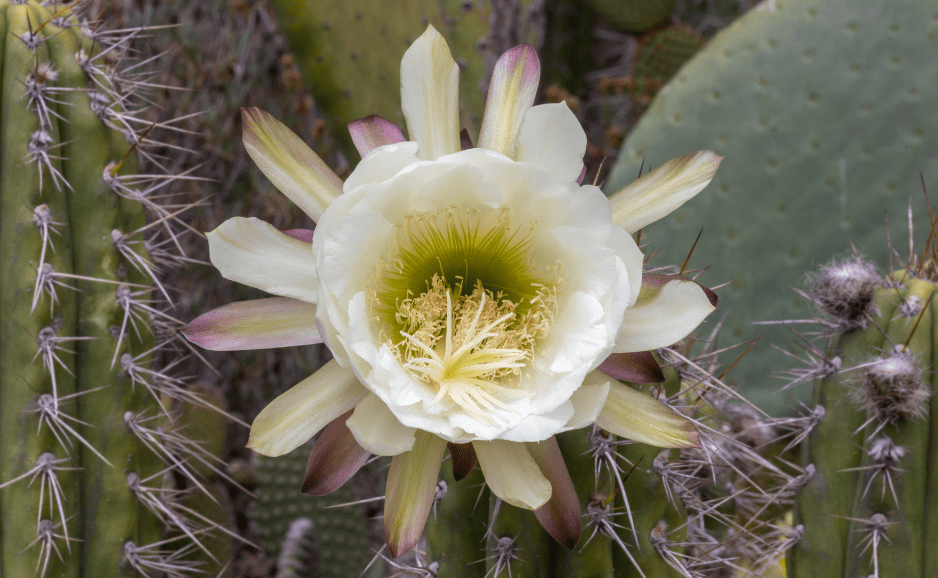
Care and crops
The San Pedro cactus and the Peruvian apple are not particularly hard to grow and care about. I grow them in soil, but you can easily do it in pots, too. Let’s see if these different species need different conditions.
Peruvian apple cactus
Cultivating Echinopsis peruviana in a pot means that when it’s still young, you repot it every spring. But when the fast-growing stage is over, do it every few years, but always to a larger pot.
This baby needs at least 8 hours of direct sunlight daily. I took great care in choosing the perfect place for my Peruvian apple, and I can see it thriving in the sunny spot.
It’s critical to give the cactus enough water but never to overdo it. The soil should have enough time to dry before the next watering.
Unfortunately, this cactus is not self-pollinating. You’ll have to arrange that. Huge white blooms open up at night, so they can be pollinated by other cacti, for example, the Peruvian torch cactus or similar species.
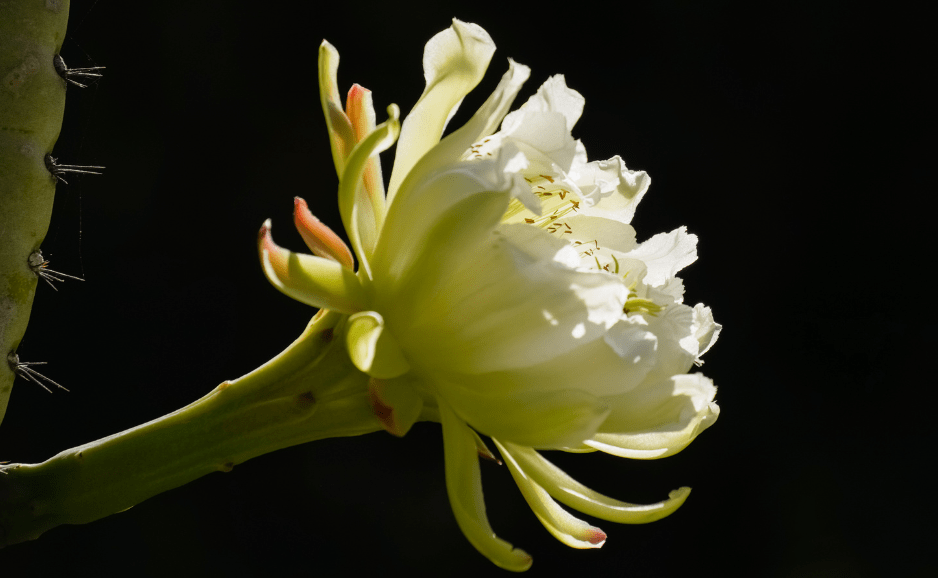
You can try to seek help from night pollinators. Among them are beetles, bats, and flies.
The taste of the fruit of the Peruvian apple cacti is quite pleasant. In my opinion, it tastes a little like kiwi, but there is a difference.
San Pedro cactus
For gardeners who cultivate a San Pedro cactus (Echinopsis pachanoi) in a pot, change it every couple of years. The best time to do it will be at the end of winter. Don’t allow the plant to overgrow the container, you will risk damaging the roots of the cactus.
The San Pedro cactus is easy to cultivate and doesn’t require direct sunlight as the Peruvian apple does. I planted my San Pedro cactus in a light shade near the patio, and it thrives there.
The San Pedro cactus doesn’t need a lot of water. I water my cactus every 10 days and try not to overwater it.
The San Pedro cactus doesn’t self-pollinate. As a nocturnal plant, its flowers are blooming at night. In South America, hummingbirds work as pollinators for this beauty. If you don’t have hummingbirds available, make sure that they can be pollinated by other similar cactus species. Among them are San Pedro and Peruvian Torch. Also, moths and flies can help with pollination in the dark.
The fruit of San Pedro is edible, but there is a catch. It contains mescaline which is a rather strong hallucinogen, so I wouldn’t advise indulging.
Applications
The Peruvian apple and the San Pedro cactus are not just exotic beauties from the mountains of South America. These fascinating cacti have applications in various areas.
Peruvian apple cactus
1. Medicinal use
For generations, local communities have made products of traditional medicine from the Peruvian apple cactus. Its medicinal properties are widely used for healing. Indigenous people discovered these invaluable qualities of the cactus centuries ago. They use the cactus to treat ulcers and obesity. The cactus is known to be a potent anti-oxidant as well.
That’s one of the reasons why it can be used as an effective treatment for headaches, fatigue, and muscle pain. In indigenous cultures, it has been used as a memory booster and even as an anti-depressant. I have read about several scientific studies that research the medicinal properties of the Peruvian apple cactus, but they are still ongoing, so at the moment, the cactus has been used only in alternative medicine.
2. Cultural significance
The Peruvian apple cactus has a long history and plays a large role in cultural practices. It is a sacred plant in the local community. The plant symbolizes a connection to nature and spirituality. Indigenous folks use it in different ceremonies and rituals.
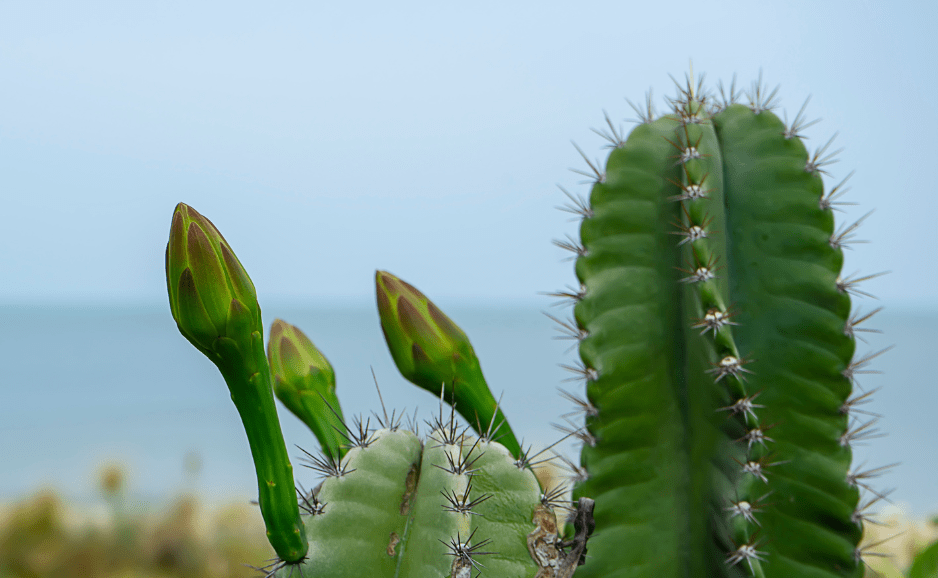
3. Horticultural appeal
The Peruvian apple cactus is a very popular ornamental plant in horticulture. I met a lot of botanical enthusiasts and collectors who cultivate this charming cactus in their gardens.
San Pedro cactus
1. Traditional medicine and rituals
The San Pedro cactus has a long history of use in traditional medicine and shamanic rituals. It’s one of the first cactus genera ever discovered. Indigenous cultures use the cactus in ceremonies that connect with the divine and give insights. The presence of a psychoactive compound mescaline is, probably, the reason for that.
It’s been widely used for its medicinal properties, too. Similar to the Peruvian apple, San Pedro helps with headaches and insomnia. It’s always an effective way to improve focus and memory. Indigenous folks use San Pedro to fight anxiety, too.
2. Ornamental landscaping
The fact that San Pedro grows very fast makes it attractive for landscaping. It looks striking, too, so gardens and outdoor spaces benefit from having San Pedro cacti.
3. Psychoactive exploration
Mescaline in San Pedro makes it very interesting for those who want to explore its psychoactive effects. Some individuals engage in controlled and responsible use for personal and spiritual exploration. I recommend approaching such activities with respect and awareness.
You can see that the applications of the Peruvian apple cactus and San Pedro are not limited by their roles as decorative plants.
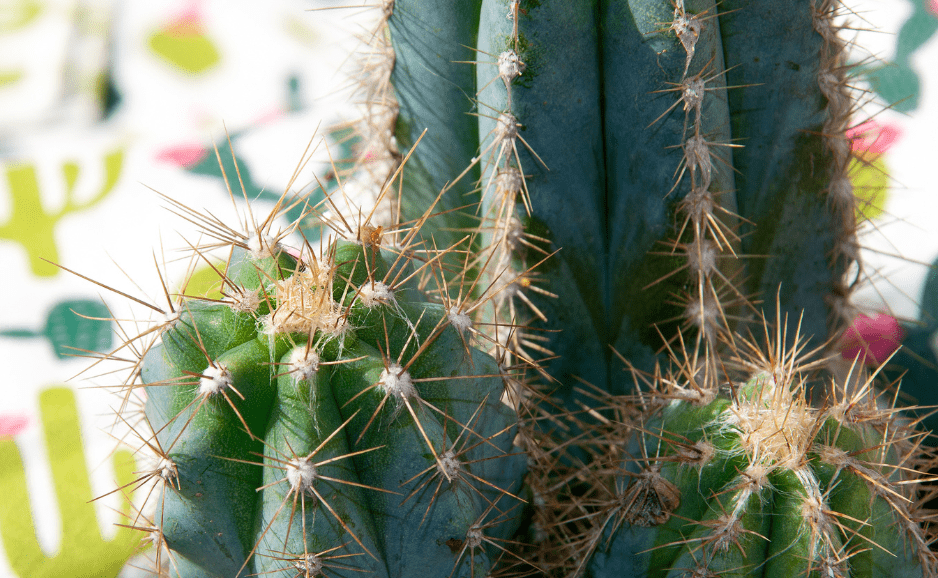
To conclude
Both the Peruvian apple cactus and the San Pedro cactus are amazing cacti native to the Andes region. You can even call them botanical wonders. They have some unique and common features, and they are both striking representatives of their species.
The Peruvian apple cactus is tall, delicate, and brightly green. Its role in traditional Andean medicine due to its healing properties and its use in cultural practices is large and significant. It can both beautify gardens as a decorative charmer or serve as a symbol of spirituality.
The San Pedro cactus is imposing and strong. San Pedro has been used in shamanic rituals and spiritual exploration for hundreds of years. And its psychoactive potential is yet to be explored.
Traditional medicine or ornamental landscaping, these cacti are both valuable in these applications.
I hope I managed to show you the uniqueness and charm of both cacti that peacefully co-exist in my garden. And I hope that maybe you will think about welcoming one or both of them into yours.
You might also like to check out our other guide: Best Types of Cactus You Can Grow at Home
FAQ
How do I identify a Peruvian apple cactus?
Identify the Peruvian apple cactus (the Latin version is Cereus Peruvianus from the Cereus genus) by its slender, columnar stems with ribs, vibrant green color, and large, white flower.
How do I identify a San Pedro cactus?
The San Pedro cactus (Trichocereus pachanoi) can be identified by its tall, columnar shape with ribbed, bluish-green or greenish stems, prominent areoles with long spines, and large white flowers. Its native habitat is in South America. It also contains mescaline, a psychoactive compound.
Can you eat Peruvian apple cactus?
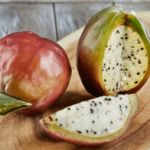
Yes, the Peruvian apple cactus (Cereus repandus or Cereus peruvianus) is edible. The fruit it produces is commonly called a Peruvian apple. It’s quite succulent and sweet, and you eat it fresh. It is often used in juices and jams. However, as with any plant, ensure that you are correctly identifying the species and that the fruit is ripe, clean, and safe to eat.
What is another name for the Peruvian apple cactus?
Another name for the Peruvian Apple Cactus is the “Giant Club Cactus.” Additionally, it is sometimes called the “Hedge Cactus”. The Latin version for this cactus sounds like Cereus repandus.
How big do Peruvian apple cactus grow?
The Peruvian Apple Cactus (Cereus repandus) is known for its impressive size. It can grow to be quite large, with the potential to reach heights of up to 30 feet (9 m) or even more. The cactus typically has a columnar shape and multiple branches, contributing to its substantial size. Keep in mind that the growth may vary depending on environmental conditions, such as soil quality, water availability, and climate.

Greetings, dear succulent lovers! I’m Jennifer West and I’m happy to share with you practical tips and guides on growing and caring for succulents, as well as all the magical facts about these unique plants. Grateful to have you on this green journey with me! Check out more about our team here.

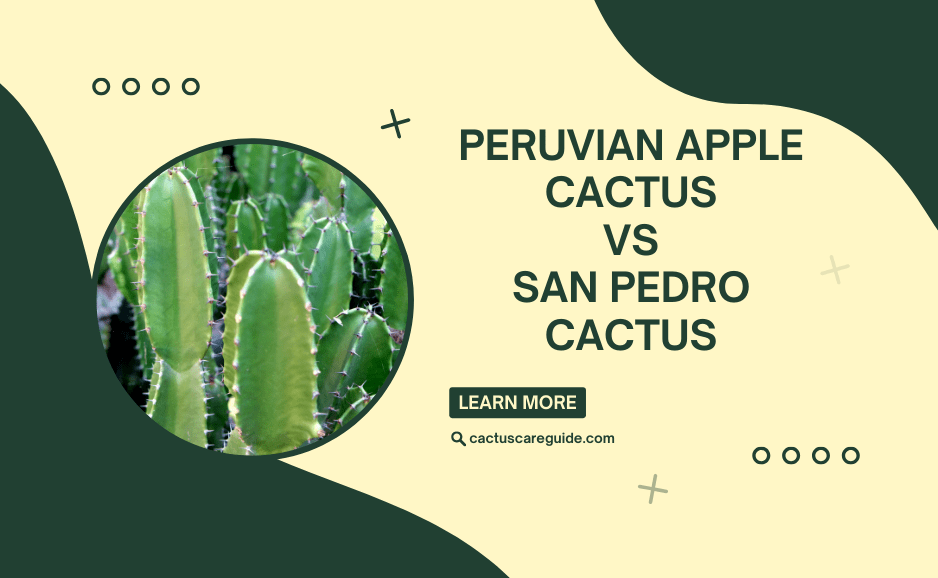
![Succulent Death Bloom [3 Most Common Monocarpic Plants] Succulent Death Bloom](https://succulentcarehub.com/wp-content/uploads/2024/05/Orange-Coral-Feminine-Digital-Business-Facebook-Cover-14-min-768x473.png)
